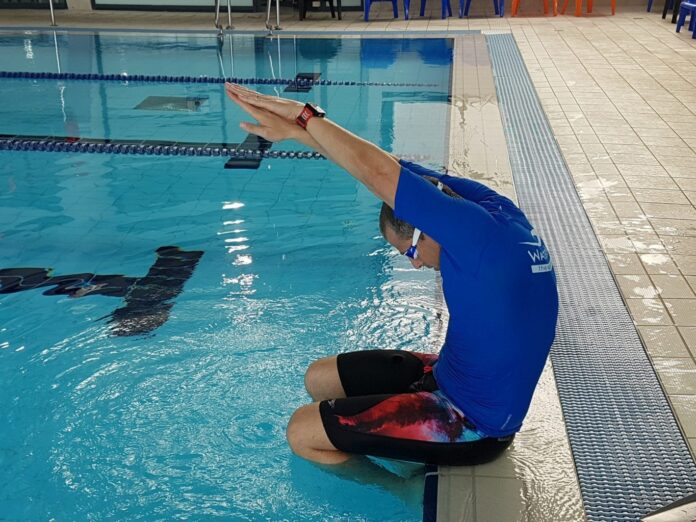When it comes to swimming, perfecting one’s technique is essential. From mastering the basic strokes to taking on more advanced techniques, there are a variety of approaches swimmers can take.
In this article, we will explore each type of stroke in detail and offer some tips for improving your technique. Whether youre an experienced swimmer looking to brush up on your skills or just getting started with the basics – this guide has something for everyone! So let’s dive into the different types of swimming strokes and how they can help you improve your technique and performance in the pool.
What Are the Different Types of Swimming Strokes?
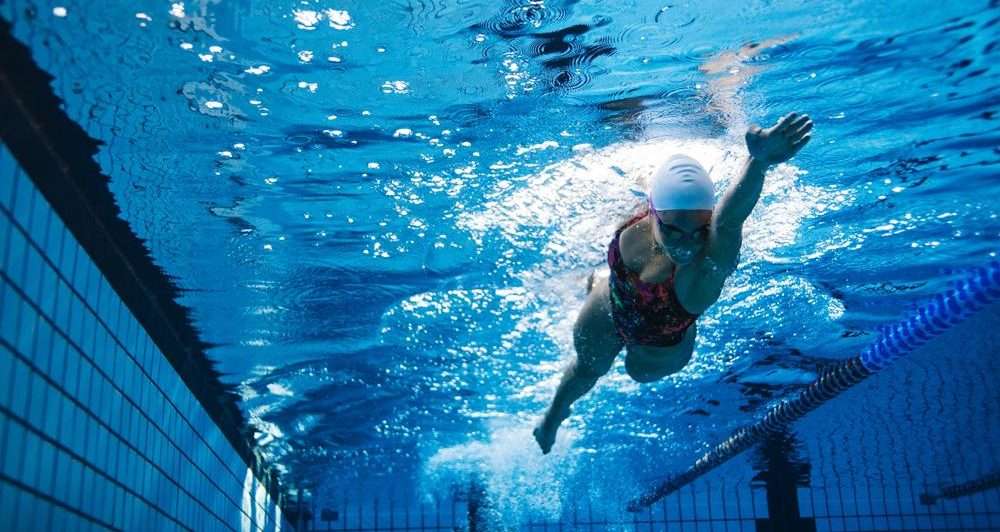
Swimming is an activity that can benefit people of all ages and skill levels. It is a great form of exercise, as well as a fun leisure activity.
While there are numerous types of swimming strokes, understanding the different techniques used in each stroke will help you perfect your technique. The four most popular types of swimming strokes are the front crawl (freestyle), backstroke, breaststroke, and butterfly.
The front crawl is probably the most widely used stroke because it offers swimmers efficient movement through the water with minimal resistance from their arms and legs. This makes it ideal for long-distance swimming or sprints where speed is important.
Backstroke involves rotating your body to one side while keeping your head above water at all times – this helps you keep on track with each arm pull motion without needing to lift your head out of the water too often during turns or stops in your swim routine. Breaststroke requires you to move both arms simultaneously in a circular “sweeping” motion while kicking off with both feet together; this gives swimmers greater control over how quickly they want to move through the water since they can adjust their kick speed accordingly throughout their routine depending on what part of pool they are at currently.
Finally, butterfly consists of alternating arm pulls combined with dolphin kicks which make it possible for swimmers to reach high speeds if done correctly – many competitive swimmers prefer using this style due to its efficiency when racing against opponents in pools or open waters alike!
Basic Overview of Each Swimming Stroke
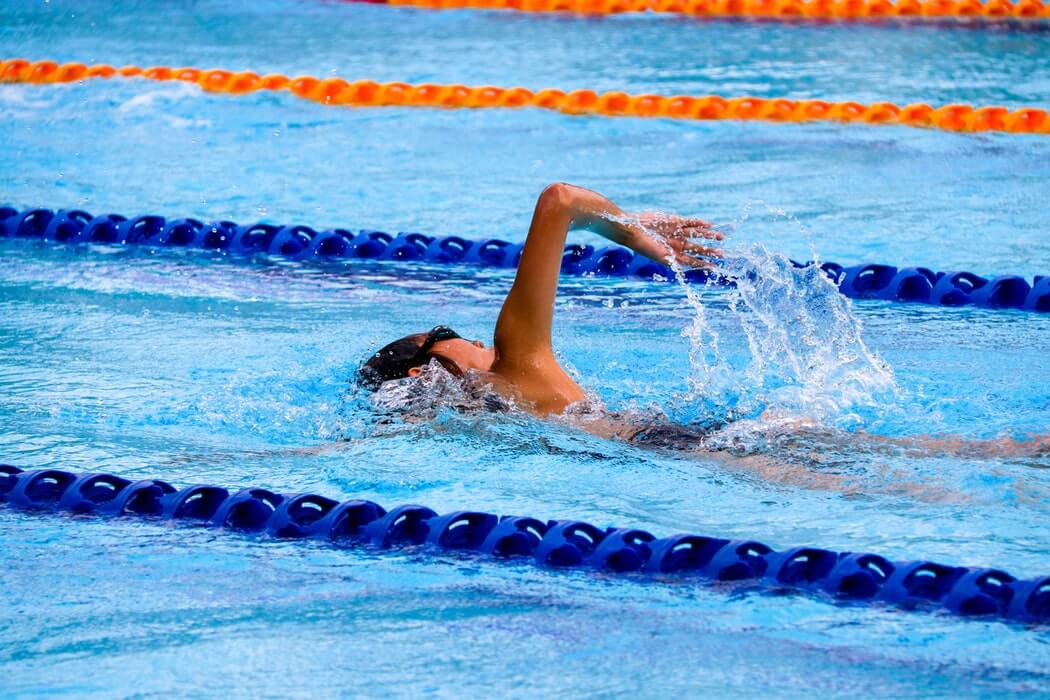
The most basic swimming strokes are the freestyle, breaststroke, butterfly, and backstroke. The freestyle is the fastest stroke in competitive swimming and involves a continuous flutter kick while you alternate your arms in an alternating pattern of ‘over’ and ‘under’ movements.
Breaststroke requires a frog-like movement with both arms moving together in synchrony as you move your legs outwards and then back together again for propulsion. The butterfly is similar to breaststroke but uses more energy as both arms power through the water simultaneously.
Finally, backstroke has swimmers lying on their backs and using an alternating motion of their arms to propel them forward while keeping their feet up at all times. Each stroke has its benefits that can help enhance your technique when competing or simply enjoying recreational swims!
Tips for Perfecting Your Technique
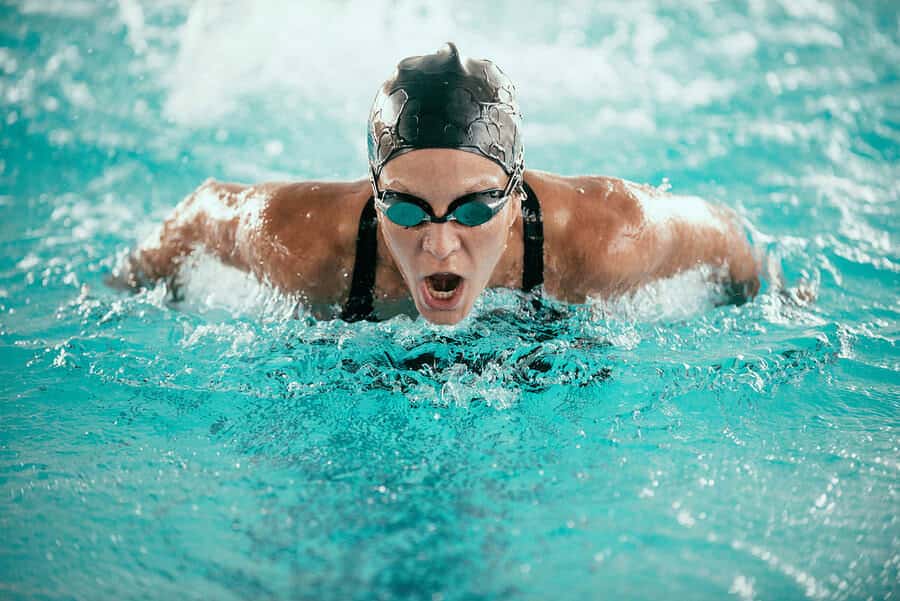
When it comes to perfecting your technique in swimming, practice makes perfect. Start with the basics: good body position and proper breathing.
Make sure you keep your body straight from head to toe while swimming and focus on taking deep breaths every few strokes. Working on a consistent stroke rate is key for efficient energy expenditure as well as improved speed over time.
To help develop a steady rhythm, use kick boards or flippers during practice drills; this helps you focus solely on your arms and upper body movements without worrying about kicking too much or not enough. Another great tip is to vary up your workouts with different swim sets such as interval sprints, distance repeats, pull drills, etc.
, which can help strengthen specific muscles and refine certain skills related to each stroke type (e.g.
, butterfly kick). Additionally, be sure to take breaks between sets so that you don’t get fatigued quickly! Finally, make sure you pay attention to posture in the water – keeping your back flat helps maintain proper form throughout all of the swim strokes while also reducing the risk of any injuries due to poor technique.
With these tips in mind coupled with consistent training sessions over time, swimmers will be able to find their optimal style for each stroke type!
How to Choose the Right Style for You
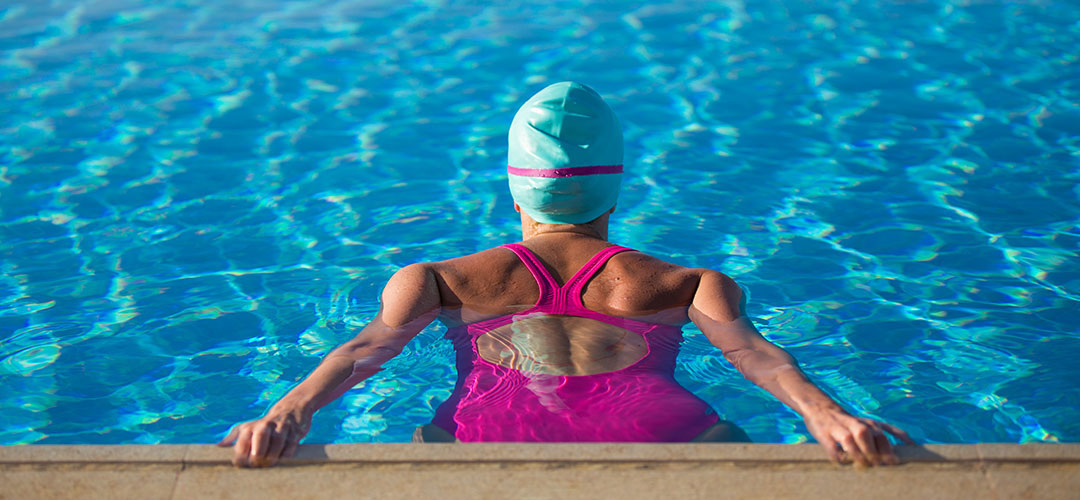
When it comes to perfecting your swimming technique, the type of stroke you choose can make a huge difference. To help you find the right style for yourself, let’s dive into the different types of strokes available.
The Butterfly is one of the most popular and iconic strokes in competitive swimming.
It requires an advanced level of strength and coordination, as both arms move simultaneously while your legs remain together with quick up-and-down kicks.
Freestyle is another classic stroke that embodies efficiency and speed thanks to its alternating arm pulls and flutter kick motion. This all-around favorite is great for long-distance events as well as working on your endurance levels in general! Backstroke is quite similar to Freestyle but relies more heavily on leg power than upper body strength; this makes it easier for those who are just starting or may not have access to proper equipment such as swim fins or paddles yet.
The key point here is that you should keep your body flat while performing this stroke so that you don’t lose any momentum when gliding through the water! Breaststroke combines elements from both freestyle and butterfly by using simultaneous arm movements along with frog-style kicks which provide extra propulsion forward – making it great if youre looking for maximum speed over short distances (50m). Lastly, there’s also Sidestroke which uses only one arm at a time alongside an upside-down scissors kick motion – ideal if you want something low-impact that won’t strain too much energy from yourself during practice sessions! No matter what type of swimmer you may be – beginner or experienced – understanding how each stroke works will allow you to choose the most suitable method based on personal preference, skill level, and desired results.
With these tips in mind, diving into different types of swimming strokes has never been easier!
Conclusion

Swimming is a great way to stay fit, healthy, and have fun. There are many different types of swimming strokes that you can learn and master to perfect your technique. From the classic front crawl stroke to the butterfly, breaststroke, backstroke, elementary backstroke, and sidestroke – there’s something for everyone! Each type of stroke has unique features that require special techniques and training.
With some practice under your belt, you’ll be able to swim with confidence using any one of these popular swimming strokes.

